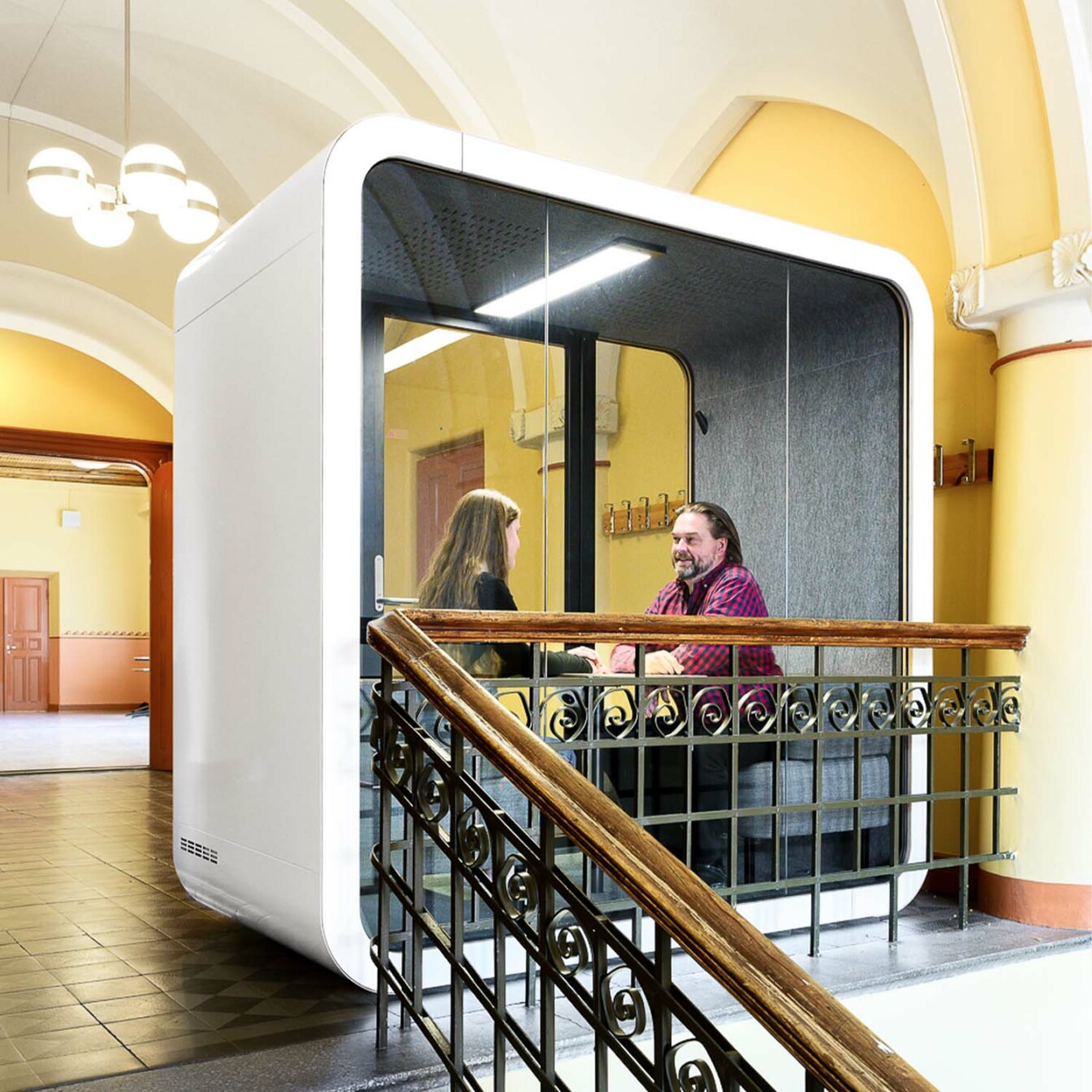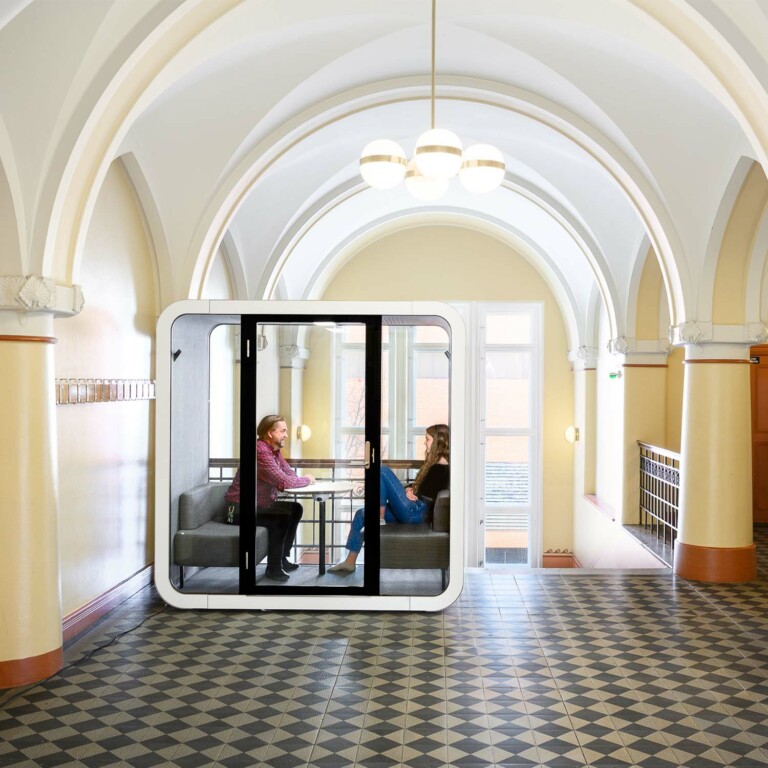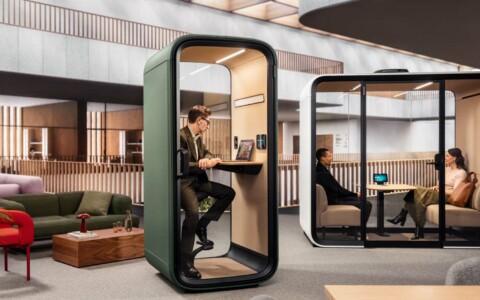Memorizing facts from the course book, making notes, and writing assignments alone are not always the best ways to learn. Although these methods have their place in the classroom, many students learn best through collaboration. Indeed, we often learn more effectively in collaboration with others.
Learning at school starts with spaces that foster students’ enthusiasm to learn. However, the classroom setting can, at times, be everything but exciting and motivating for students of all ages. A collaborative space for learning helps students dive into different tasks and subject matters together, engaging students and helping them cooperate with one another. However, a collaborative space needs the right tools to work in practice.
How to build a collaborative space for learning?
Collaborative learning spaces come in different shapes and there is no one-size-fits-all solution for every classroom and subject. That is why one of the key qualities of a truly collaborative space is flexibility. The learning space can be arranged flexibly for the specific needs of each task and topic.
A collaborative space should also have designated areas for different purposes, such as brainstorming corners, spaces for discussion, and presentation spots. Students and teachers can rearrange a well-designed collaborative space, make it fit the task at hand, and change between different forms of teaching and learning.
A collaborative learning space is equipped with a private place for intimate discussions and face-to-face talks when needed. Younger learners, individuals sensitive to noise, and students who find it difficult to focus benefit greatly from a quiet area where they can calm down.
Exposure to prolonged noise can be especially harmful to students’ cognitive functions, posing a challenge to reading, writing, and learning.
Framery’s industry-leading soundproofing blocks outside noise and other classroom distractions. The Framery Q meeting pod can fit one to four people, making it great for collaboration in small groups, whereas the larger Framery 2Q has enough room for up to six students.
Why is collaboration important in the classroom?
As opposed to competitive and individualistic learning methods, collaborative learning improves students’ productivity, mutual relationships with other students, and psychological well-being. Collaborative learning has also been shown to improve students’ self-esteem and develop positive attitudes towards their teachers. (Laal & Ghodsi 2012)
Collaboration and collaborative learning help students more than just learn and understand new concepts. When working together in a collaborative learning space, students bring their unique perspectives and knowledge.
By collaborating, students learn valuable social skills that prepare them for work life and enable them to navigate conflicts and other difficult situations.
By working together, students can also train critical thinking skills and tackle various tasks in new and creative ways. Feedback from their peers is another useful tool for learning and improving valuable skills in collaboration with others.
Groupwork can even promote inclusivity and diversity when students get to collaborate with people from different backgrounds. Meanwhile, the teacher’s role is to be a facilitator who supports students as they collaborate with their peers in groups and provides instructions.

Collaborative spaces for work and learning
Although technology is often seen as a mere distraction that hinders students’ ability to learn, it has its place in the classroom as well, when used wisely and in moderation. Collaborative learning spaces incorporate and take advantage of modern technology to enable students to work, communicate, and learn together. With video meetings and teleconferencing technology, even remote learning can be collaborative and helps involve even students who are not physically present.
Acoustics are a prime concern, especially in an open-layout classroom where many groups can collaborate simultaneously in the same space.
Sound-absorbing panels, rugs, and curtains can help reduce noise but cannot block it altogether, unlike soundproofed pods and booths that can be used even in a noisy learning environment. Soundproof booths and study pods, like Framery One, have found success in different learning environments where they enable focused individual work and collaborative learning in small groups.
Children and young learners can have difficulties learning and focusing in a noisy environment. A collaborative space for learning should cater to the different needs of students and teachers. Framery soundproof booths make for great learning pods that can be turned into flexible multipurpose spaces and placed in classrooms, entrance halls, corridors, or wherever they are needed the most.
With industry-leading soundproofing, students can use the pods for both collaborative and private learning, even in noisy surroundings. Read more about soundproof Framery pods and booths in educational settings.




